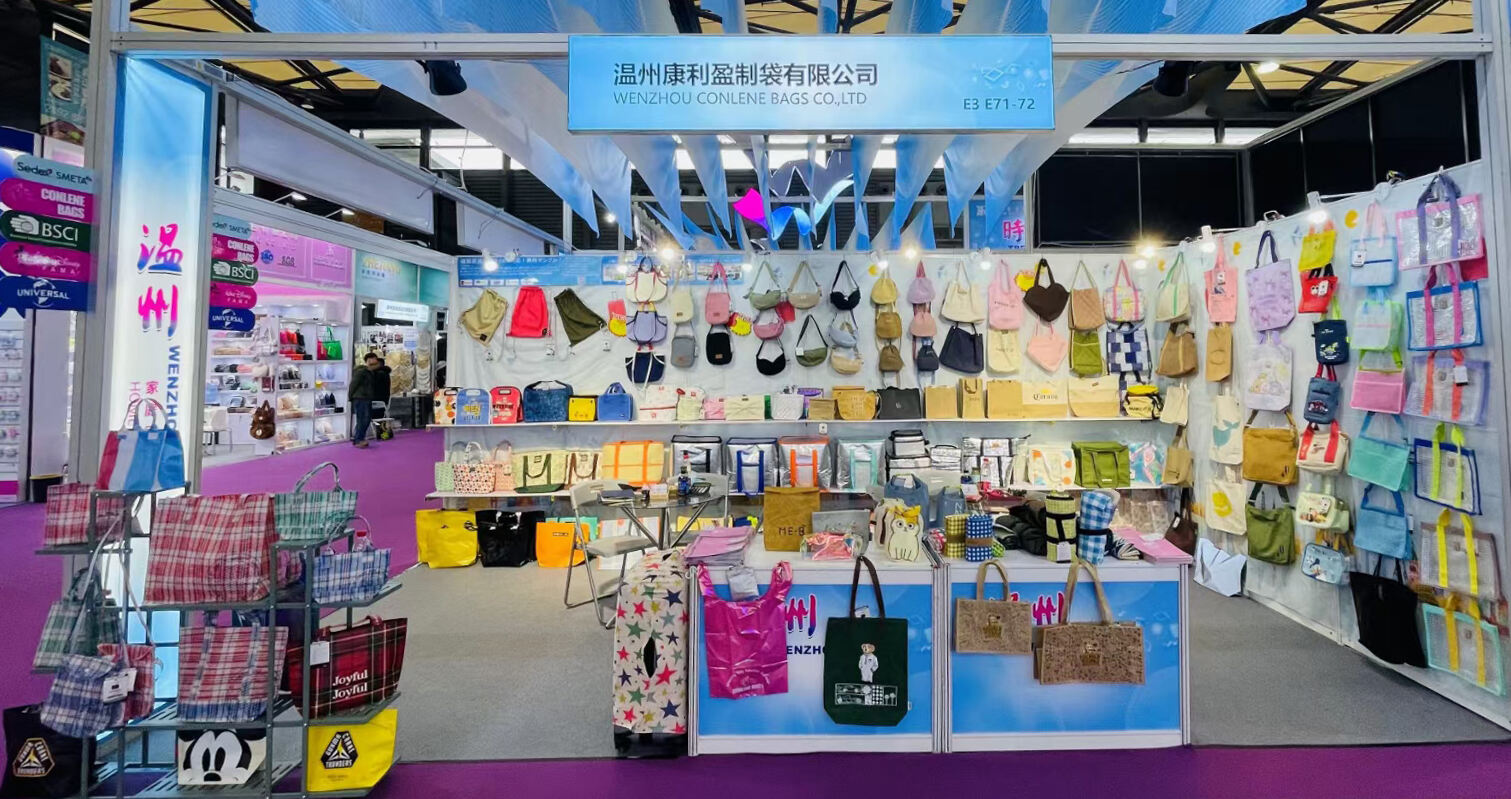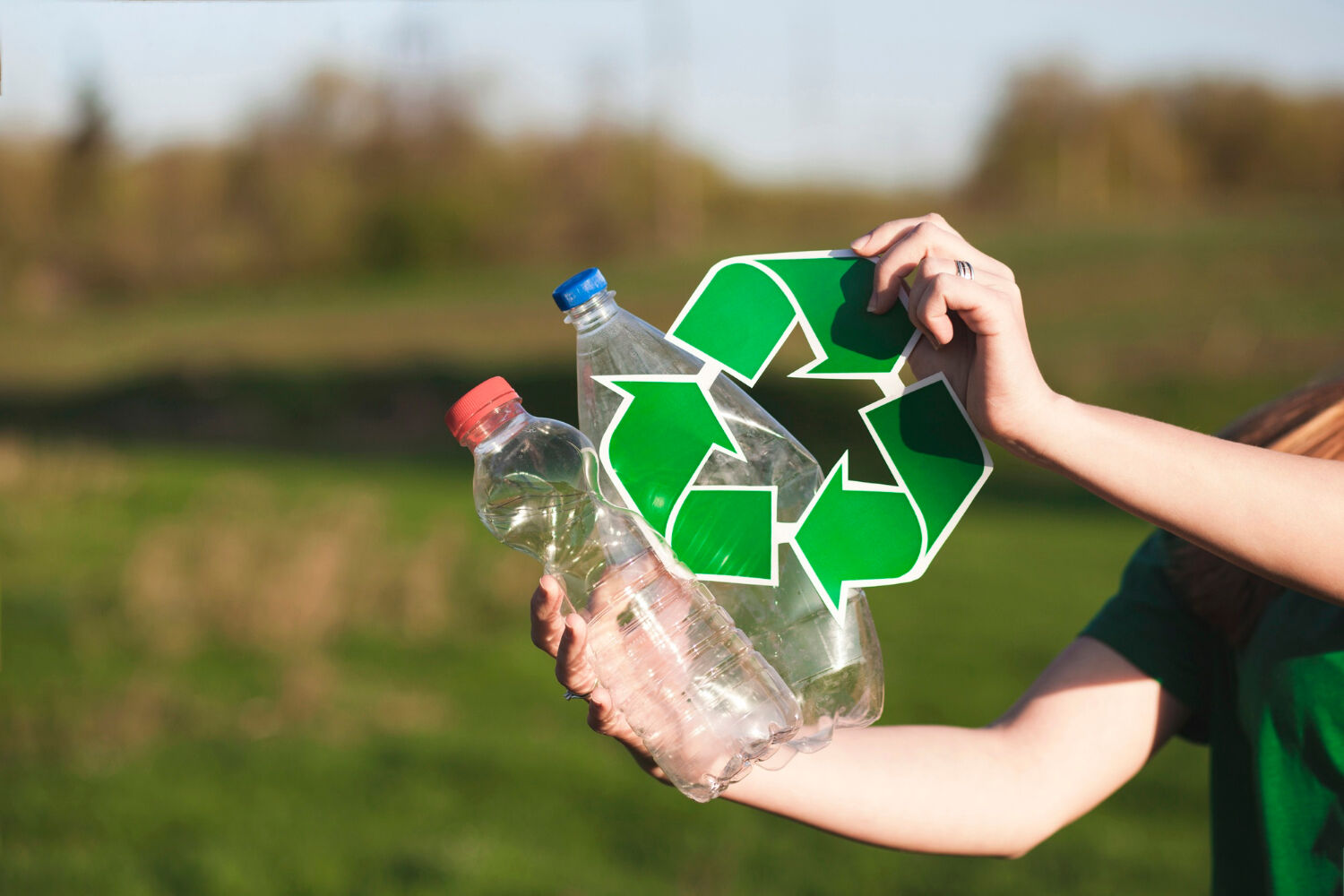
Why Temperature Control and Food Safety Matter in Outdoor Dining
Why Picnics Demand Reliable Temperature Control
When eating outside, perishable foods face big temperature changes that speed up bacteria growth. According to USDA guidelines, food can hit dangerous temps between 40 and 140 degrees Fahrenheit within half an hour on hot days, which makes getting sick much more likely. Recent research from 2023 shows nearly half of all food poisoning cases at outdoor gatherings happened because the food wasn't kept cool enough. That's why waterproof cooler bags matter so much they protect what's inside from both heat and humidity, keeping things safe for about 3 to 5 extra hours compared to regular picnic baskets. Most people don't realize how quickly food spoils when left out, but these coolers really make a difference in preventing problems.
How a Waterproof Cooler Bag Enhances Food Safety Outdoors
Water resistant cooler bags work because they have tight seals and layers of insulation that stop outside moisture getting in while keeping the cold air inside. Studies on food safety suggest these coolers can cut down bacteria growth somewhere around 85-90% compared to regular ones without waterproofing. The interior is designed not to leak so there's no chance of contamination when ice melts or something gets spilled. This matters a lot for people who carry raw meat together with foods that are already cooked and ready to eat, like sandwiches or fruit.
The Importance of Keeping Food and Drinks Cool During Outdoor Activities
Keeping things at the right temperature is key for food safety and overall quality. Chicken, milk, and other proteins actually last about half again as long in those waterproof coolers compared to regular ones according to some recent tests done for picnics back in 2024. When it comes to drinks, good temperature control really matters for staying hydrated on hot days because water stays nice and cold instead of warming up too fast. Coolers with two temperature zones are becoming pretty popular these days since they let people store stuff that needs different temps separately without compromising how well each section works. No need to worry about one area affecting the other when everything has its own space.
Waterproof vs Water-Resistant: What’s the Difference for Cooler Bags?
Defining Waterproof and Water-Resistant Cooler Bags
Cooler bags that claim to be water resistant usually have something called DWR coating on them, which helps keep out light rain and small spills. They work okay for a quick picnic in the park, but won't hold up if it rains all day long, kind of like how a regular jacket stops water droplets but gets soaked during heavy rain. For real waterproof performance, look for bags with welded seams instead of stitched ones, plus those special zippers with rubber gaskets around them, and the roll top closure system that seals everything tight. When submerged in water, these actually stay dry according to tests from manufacturers. The 2024 Outdoor Gear Report mentioned they can handle pressure over 10 pounds per square inch without letting any moisture inside at all.
Performance Comparison Under Extreme Weather Conditions
When put through heavy rain tests, most water resistant bags started leaking within half an hour, letting water get to around 80% of what's inside. The truly waterproof ones kept everything dry for well over four hours straight. If something goes underwater accidentally, say from big waves hitting a boat or when a kayak flips over, only those bags lined with PEVA or PVC stop water from getting in. That's why serious outdoor enthusiasts who spend time on boats or at the beach really need these kinds of bags for their gear protection.
Real-World Implications for Picnic-Goers
During those sweltering days when temperatures reach 90 degrees Fahrenheit and humidity is through the roof, waterproof cooler bags can actually keep ice intact for anywhere between a full day to almost two days straight. Water resistant versions just don't hold up as well though, they tend to melt about half as fast under similar conditions. Storms rolling in without warning? That's where sealed zippers and properly constructed seams really matter. Nobody wants their lunch soggy or electronics ruined by unexpected rain. Shady spots at the park might work fine with basic water resistant coolers for simple picnics. But anyone planning outdoor adventures knows that weather can be totally unpredictable these days. Waterproof construction gives peace of mind knowing contents stay dry no matter what Mother Nature throws our way.
Portability, Durability, and Practical Features for Picnic Use
Design Features That Make Cooler Bags Waterproof: Sealed Seams, Waterproof Zippers, Roll-Top Closures
Reliable waterproofing relies on integrated engineering: triple-layer sealed seams prevent leaks at stress points, while IP67-rated waterproof zippers block moisture during downpours or accidental immersion. Roll-top closures with compression buckles create airtight seals that outperform traditional flaps, ensuring contents stay dry even after extended outdoor exposure.
Durability and Build Quality Under Frequent Use
High-quality waterproof cooler bags endure rigorous use, surviving over 500 zipper cycles and more than 10,000 abrasion rubs without failure. Heavy-duty nylon bases with TPU coatings resist punctures from sharp ice or rocky terrain, while bar-tacked stitching and rust-resistant YKK® hardware ensure long-term reliability.
Ergonomic Handles, Shoulder Straps, and Lightweight Design Benefits
Carrying 15+ pounds of food and drinks across uneven ground demands thoughtful design. Contoured shoulder straps with one-inch foam padding reduce pressure points by 42% compared to flat straps. Rotating top handles allow flexible carrying options, and crossbody configurations enable hands-free mobility—features validated through biomechanical wear trials.
Easy Cleaning and Leak-Proof Interior for Hygiene
PEVA liners that don't absorb water stop bacteria from growing in those hard to reach spots between seams. The smooth surface wipes clean in about three minutes which is roughly 78 percent quicker than old school polyester lining according to some outdoor gear cleaning standards. These coolers come with drainage plugs that pop right out when needed and special coatings that fight smells, so campers won't have to spend hours scrubbing after weekend getaways. Research on insulation materials indicates that stuff like X ply polyester keeps working against water for around five years even if used once a week. That makes these tough cooler bags worth the price tag for folks who regularly enjoy meals outside.
Versatile Applications: From Picnics to Beaches and Beyond
Waterproof cooler bags transition seamlessly between recreational settings, serving as essential tools for temperature-controlled storage across diverse environments. Their specialized designs meet the unique demands of outdoor enthusiasts, offering greater versatility than conventional insulated containers.
Specialized Cooler Bags for Specific Activities (e.g., Beach, Boat, Golf)
Activity-specific models enhance functionality:
- Beach-ready versions include sand-proof zippers, UV-resistant exteriors, and extended ice retention (up to 36 hours) to endure saltwater and sun exposure
- Marine-grade bags feature buoyancy elements and corrosion-resistant hardware ideal for boating
-
Golf-friendly designs offer dedicated beverage and snack compartments with straps that attach securely to carts
These tailored features eliminate trade-offs—anglers keep bait chilled without water intrusion, while hikers maintain access to cold drinks on mountain trails.
How Waterproof Cooler Bags Adapt to Different Environmental Challenges
These bags handle extreme temps pretty well from about -10 degrees Celsius all the way up to 50 thanks to their advanced laminated fabric construction. They've got three layers that stop water from getting through even during heavy rainstorms, plus special food grade lining inside that helps prevent mold and bacteria growth when it's really humid outside. Tests done by Outdoor Gear Lab last year put them through their paces with simulated downpours lasting 72 hours straight and intense desert heat waves too. The top quality ones barely let any moisture in at all less than 1 percent actually. And those tight seals on the bag? They keep sand, dust, and bugs out which makes all the difference whether someone's spending time at the beach or hiking deep into the wilderness where nothing but nature surrounds them.
This adaptability ensures waterproof cooler bags remain effective whether chilling sunscreen-cooled drinks poolside or protecting fresh produce during rainy bike commutes.
FAQ
Why is temperature control so important for picnics?
Temperature control is essential because perishable foods can quickly reach dangerous temperatures that promote bacteria growth, leading to foodborne illnesses.
What makes waterproof cooler bags better for food safety?
Waterproof cooler bags use tight seals and insulation to maintain temperatures and prevent moisture intrusion, significantly reducing bacterial growth.
What are the benefits of phase-change materials in these bags?
Phase-change materials absorb heat during state transitions, increasing cooling duration by up to 40% compared to conventional ice packs.
Are there specific cooler bag models for different activities?
Yes, there are models tailored for beaches with UV-resistant exteriors and sand-proof zippers, marine-grade bags for boating, and designs dedicated to golf.










